
Members of Jin Lianwen's team work at the South China University of Technology's deep learning and vision computing lab. (Photo provided to China Daily)
If foreigners learning Chinese think the modern language is difficult to grasp, they should be glad they don't have to learn classical Chinese. Ancient texts are far more challenging, and not easy for even native Chinese speakers to decipher.
Thankfully, a team of researchers from the South China University of Technology has made such work easier. The team has developed a large, artificial intelligence-powered language machine that automatically translates ancient Chinese texts into modern language.
The team won first prize in the international ancient Chinese machine translation contest during the Machine Translation Summit 2023 held in the Macao Special Administrative Region in September. The system could help enhance people's understanding of Chinese history and promote traditional Chinese culture, said Jin Lianwen, the professor who led the research team in their work at the university's deep learning and vision computing lab.
It could also help with data mining and analysis, and intelligent development and application related to ancient texts and relics, he said.
The massive system requires powerful computing capacity, which was a huge hurdle the team had to overcome during its research, Jin said, adding that the team received multiple graphic processing unit servers from a cooperating company.
The machine translation is meant to provide classical Chinese enthusiasts with a convenient way to gain a general understanding of ancient texts, with Jin saying that authoritative publications should be the go-to sources for precise translations.
The major challenge in robotic ancient language translation was the lack of high-quality ancient language data, Li Bin, an associate professor in the linguistic technology department at Nanjing Normal University, told a seminar at the summit.
At present, such translation relies heavily on the professional knowledge of classical language experts.
Jin's team has also developed a system that recognizes and analyzes ancient Chinese text on pictures. The system automatically locates, extracts and arranges related texts in order. The texts can then be punctuated and translated into modern Chinese using the aforementioned language system.
The algorithm for the system has been optimized to address challenges such as analyzing text on wrinkled or creased photos or those with low resolution.
In cooperation with Shanghai University and the Intsig Information Co, Jin's team has also created a system for analyzing and recognizing texts written in the language of China's Yi ethnic group.
Classical text translation technology, when combined with text recognition technology, can facilitate ancient text digitalization and understanding.
When joined by powerful AI technology such as ChatGPT, it can become an interactive system for understanding ancient texts.
The team will continue its research on ancient text understanding and protection, Jin said, adding that sufficient computing capacity will be necessary for further research.








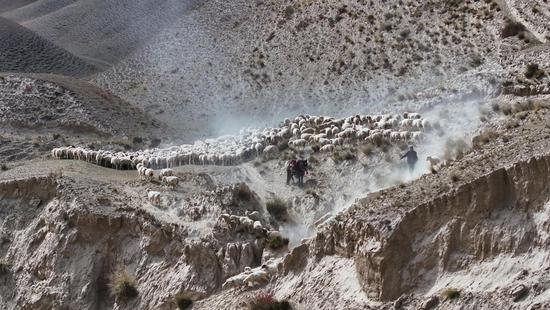
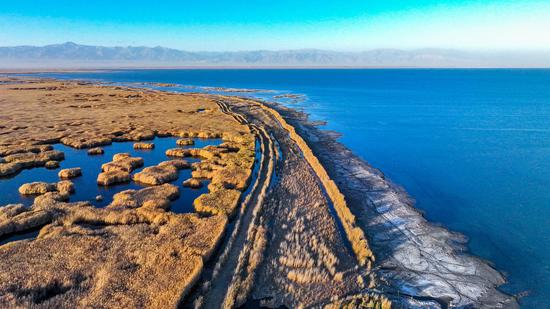
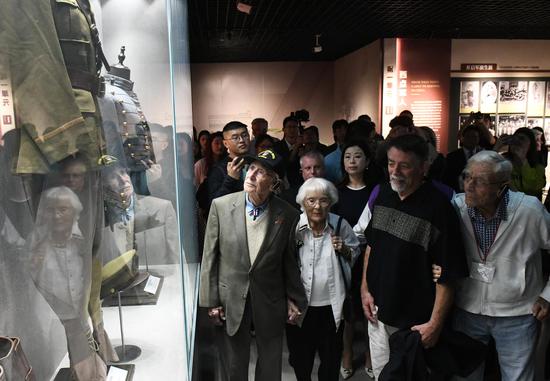
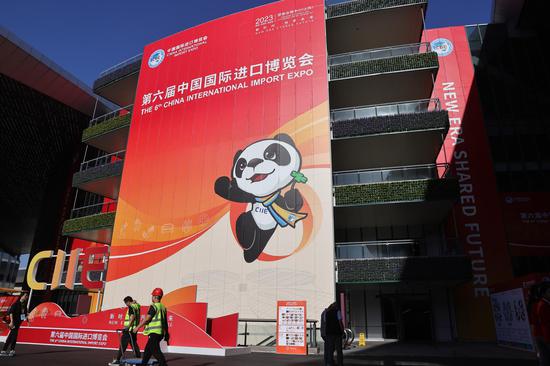
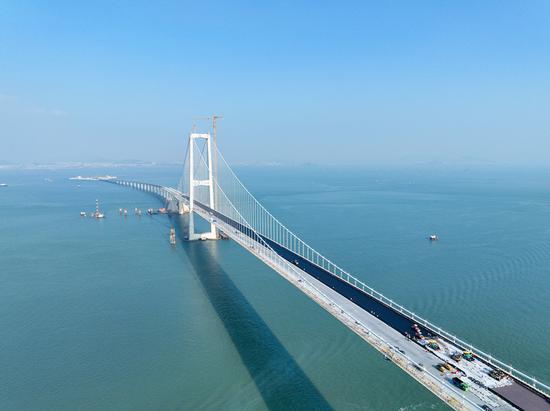


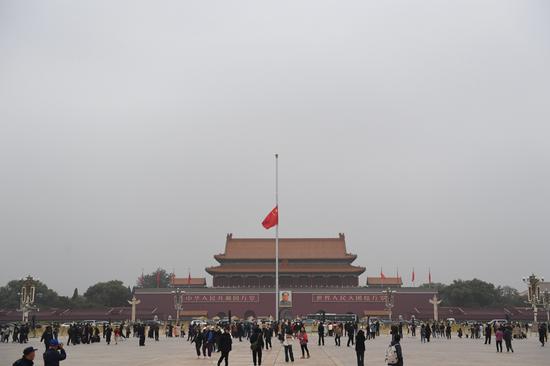

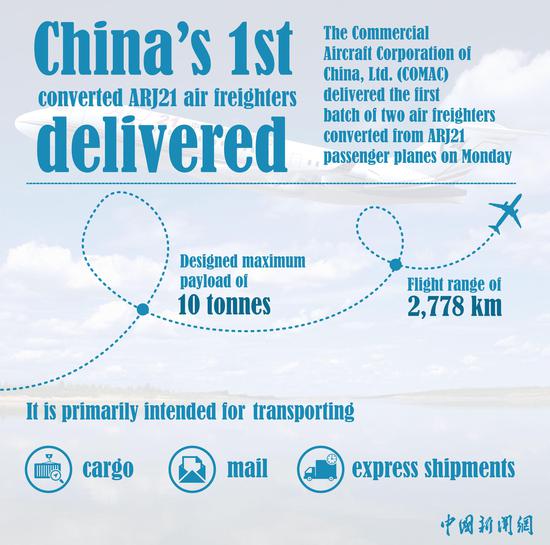
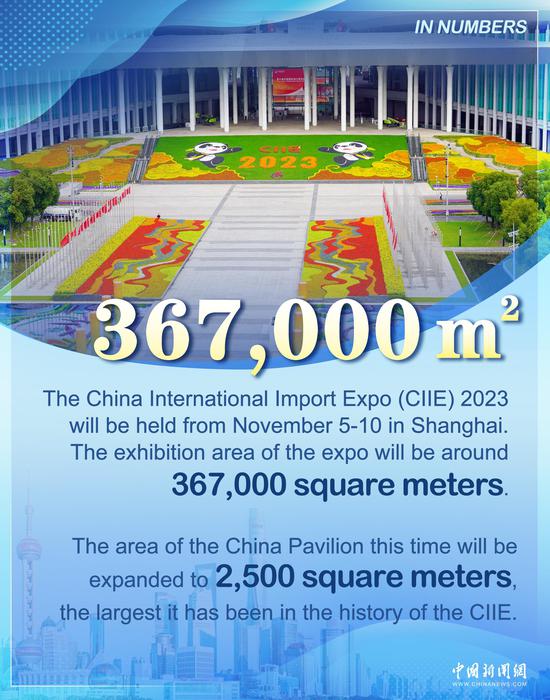
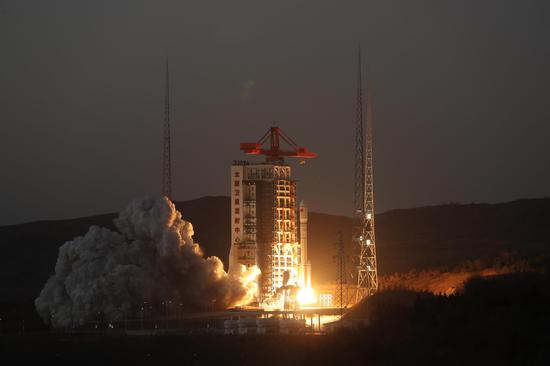

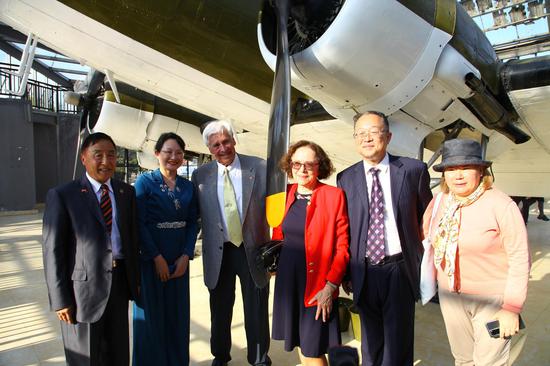

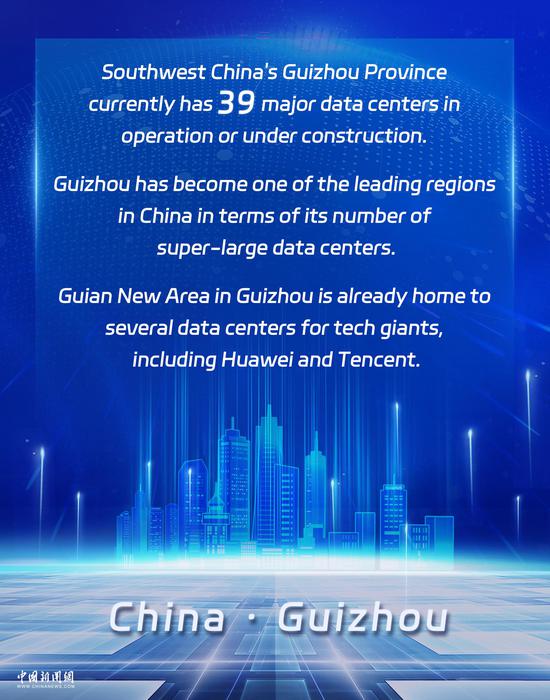
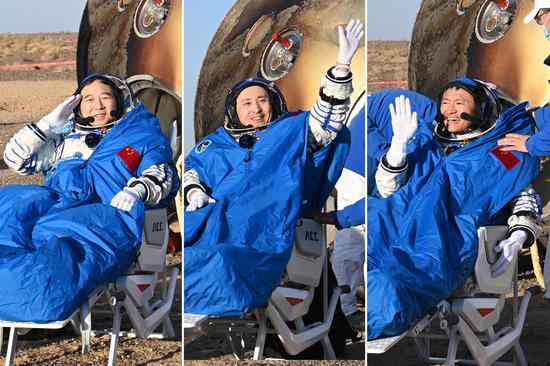
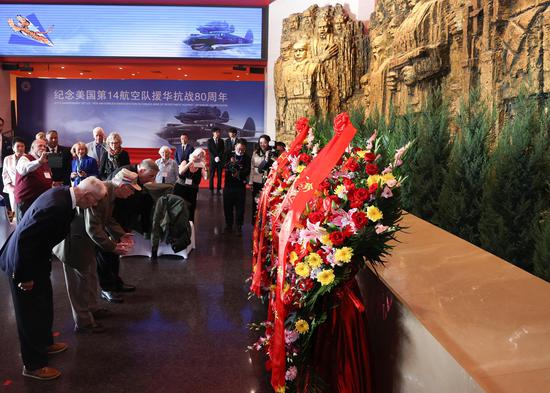
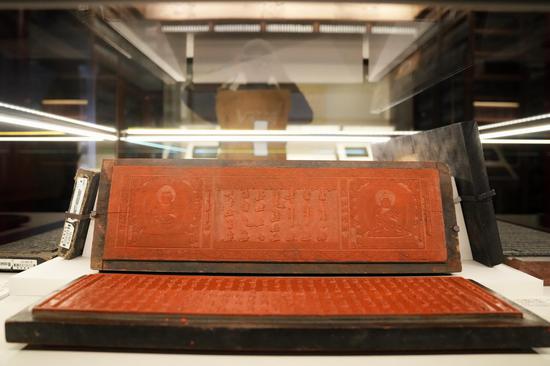
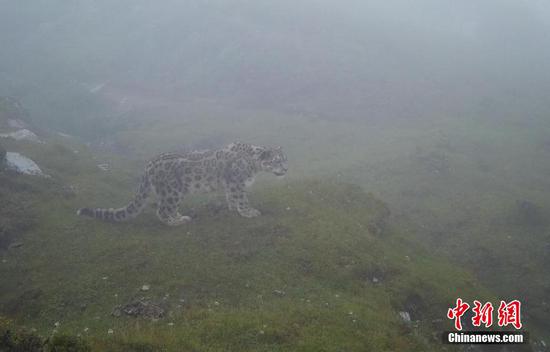
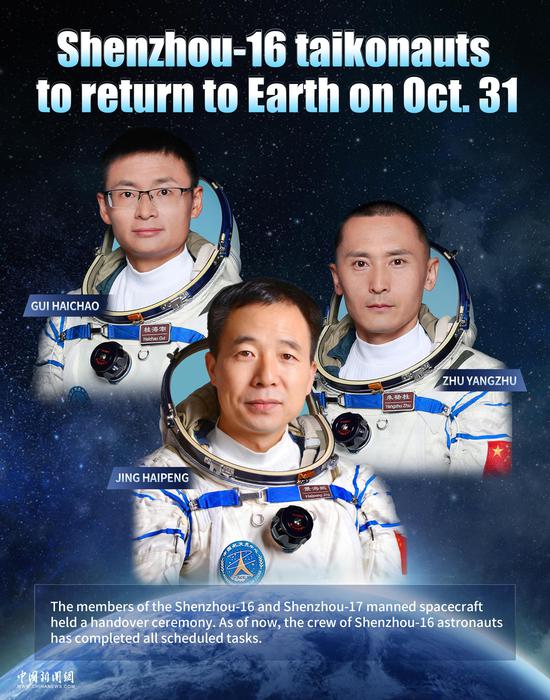

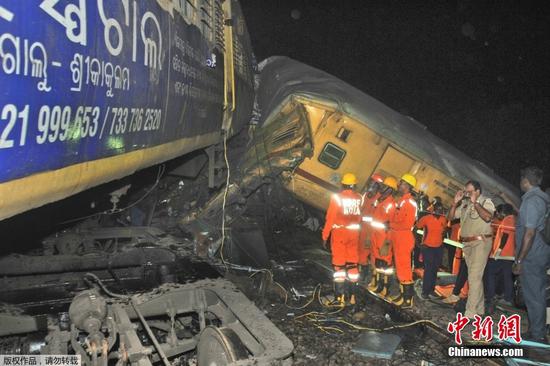
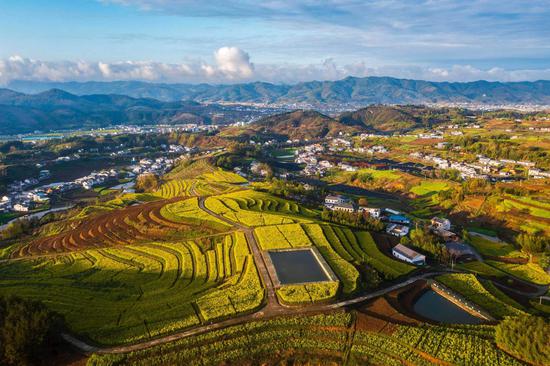

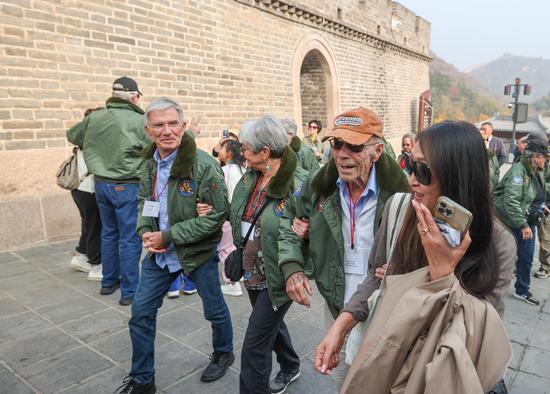
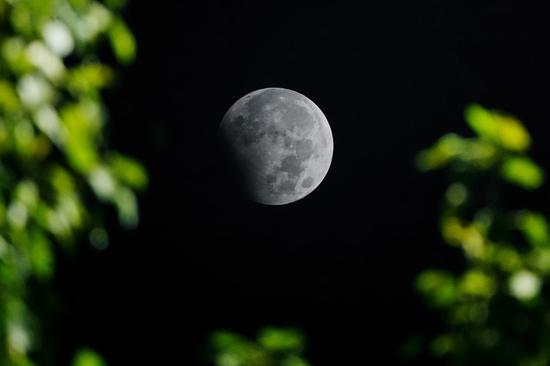
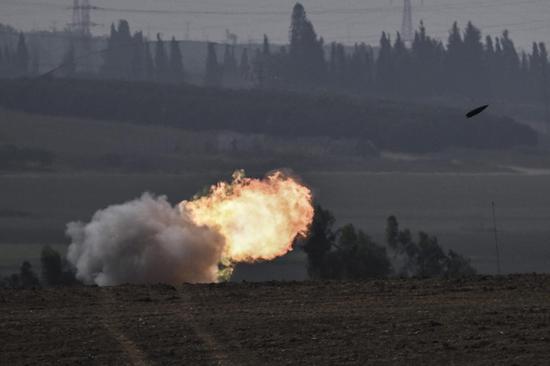
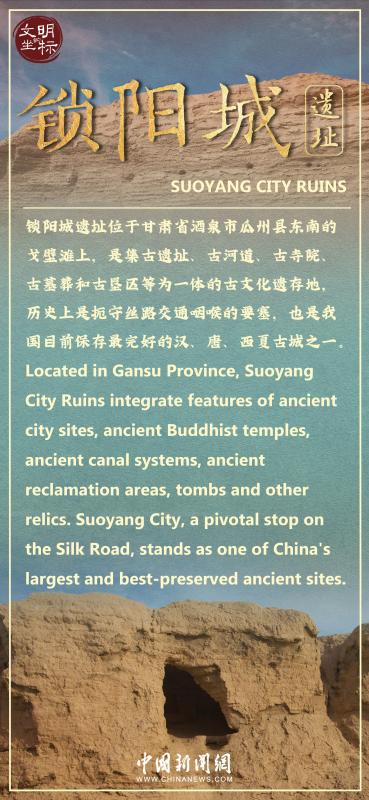
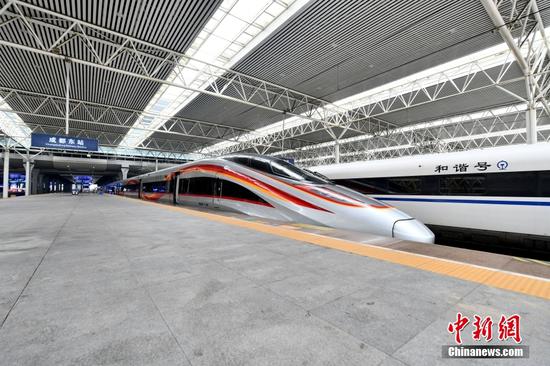
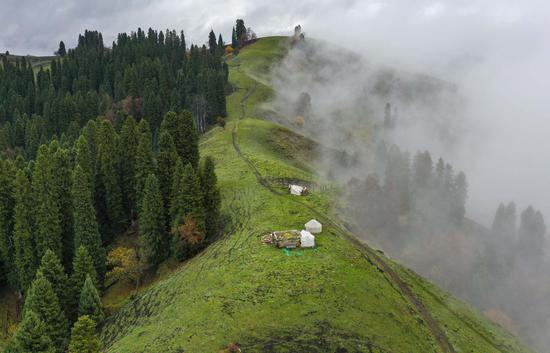

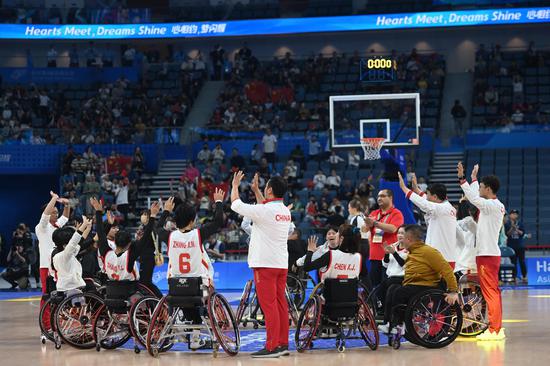


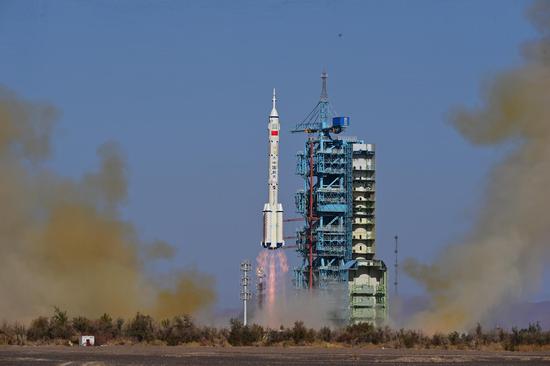
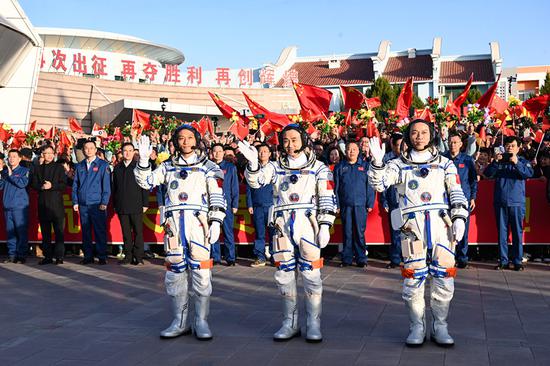





 京公网安备 11010202009201号
京公网安备 11010202009201号